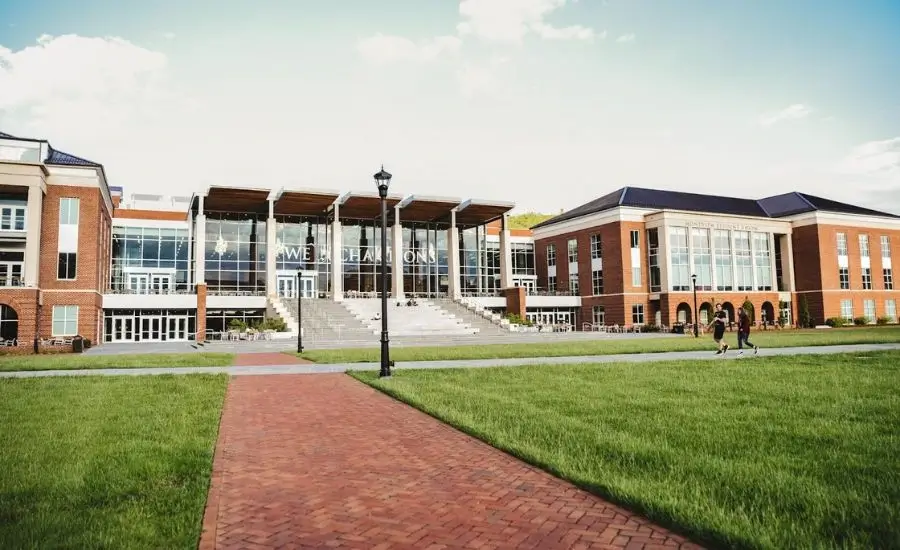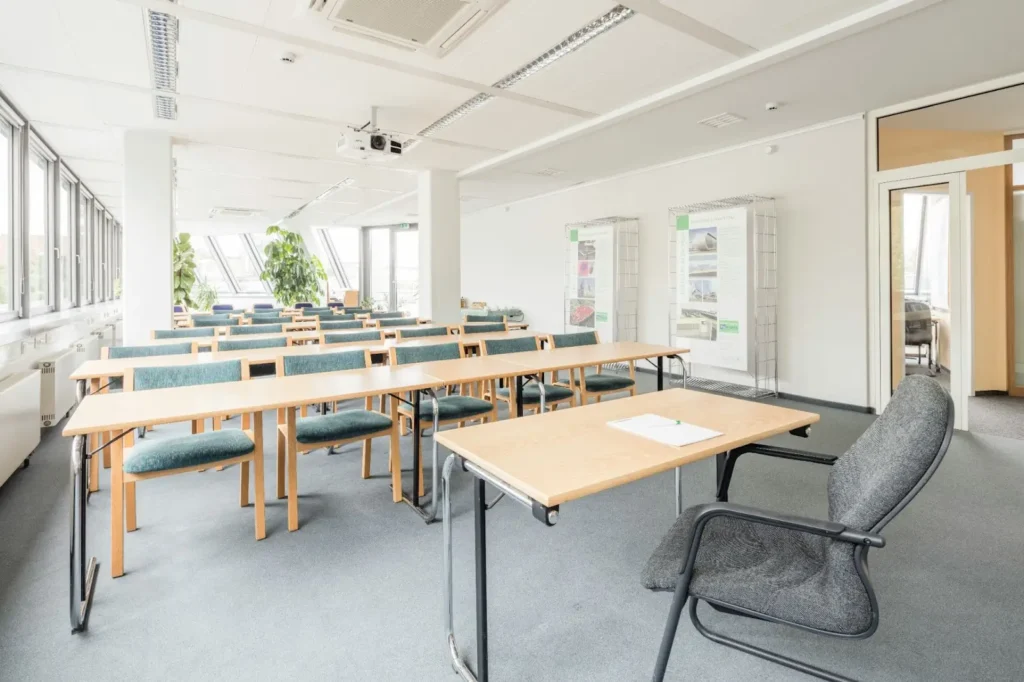Written By: Brad Campbell | June 27, 2025
From natural disasters to bullying and targeted acts of violence, schools face a wide range of potential threats. Ensuring the safety of students and staff requires proactive planning, collaboration, and the implementation of meaningful physical security measures.
A robust school safety plan is essential — not just as a document that checks off compliance requirements, but as a practical framework for protecting everyone on campus from specific threats, including targeted violence.
While no plan can eliminate every risk, a strong focus on physical security can significantly reduce the likelihood and impact of emergencies, particularly in the face of increasing active threats in schools.
A school safety plan is a comprehensive set of strategies and procedures designed to prevent, respond to, and recover from a wide array of emergency situations. These plans are typically developed in coordination with law enforcement, school staff, and the broader school community, including parents and local emergency responders.
A well-rounded school safety plan addresses incidents such as:
Most states require school districts to maintain updated safety plans, and some offer specific guidelines regarding what these plans must include. Schools should consult both state and federal resources, such as those from the U.S. Department of Education, for foundational best practices.
A school safety plan should be actionable and specific. It’s also important to regularly review and update it. Below are the essential steps every school should take to create a comprehensive plan.
The first step in building an effective school safety plan is conducting a professional threat assessment. This process involves evaluating the unique risks faced by a specific campus or district, both physical and behavioral.
A comprehensive threat assessment includes:
Based on these findings, schools can implement solutions such as:

Every school needs a dedicated team responsible for developing, implementing, and overseeing the school safety plan. This group may include a mix of school and district employees as well as external collaborators:
This team should meet regularly to update plans, review safety incidents, and ensure proper training and communication are maintained across the school community.
Early intervention is one of the most effective ways to prevent crises. Establishing anonymous reporting tools, such as online portals, tip lines, or mobile apps, allows students, staff, and families to report suspicious behavior or safety concerns without fear of retaliation.
Many school violence incidents have been prevented thanks to timely tips. These systems should be easy to access, widely publicized, and actively monitored.
Also called emergency operations plans or response protocols, these are detailed procedures for how to act before, during, and after various emergency situations.
Action plans should be tailored to the school’s location and risks, including:
Clear roles and responsibilities should be assigned to specific staff members for each emergency type.
A school safety plan is only effective if staff and students know how to follow it. Training and drills are critical for reinforcing protocols and identifying potential weaknesses in emergency plans. Regular safety training should cover:
These drills should be conducted at least twice per school year and reviewed for continuous improvement.

Recovery is a crucial, and often overlooked, part of any school safety plan. After a crisis, students and staff need support to recover emotionally, physically, and academically. The recovery plan should include:
A quick, compassionate post-emergency recovery helps restore a sense of normalcy and resilience across the wider school community, from classrooms to homes.

While planning and prevention are essential, physical security is the backbone of a truly effective school safety plan. Unfortunately, many schools remain vulnerable due to outdated infrastructure or insufficient security barriers.
This is where Riot Glass makes a powerful difference.
Riot Glass retrofit security glazing solutions strengthen vulnerable access points like doors and windows without compromising visibility or aesthetics. These systems are engineered to withstand a wide range of threats, including:
Because Riot Glass products can often be installed over existing glass, schools can significantly upgrade their physical security without the high costs of full window and door glazing replacements.
Our team works directly with school and district administrators, security consultants, and facility managers to assess vulnerabilities and recommend the right solutions for each campus.

Schools today operate in an extremely high-risk security climate, so school safety plans must go beyond checklists and theoretical procedures. They need to prioritize real-world physical protection that can save lives and reduce harm in the event of an emergency.
From proactive threat assessments to virtually unbreakable security glazing, each layer of your school safety plan plays a vital role in creating a safer learning environment.
Riot Glass is proud to support schools in their mission to protect students, staff, and faculty through practical, effective physical security solutions.
Contact us today to learn more about how our retrofit glazing systems can strengthen your school safety plan and make your campus more resilient to today’s threats.

HOW CAN WE HELP YOU?
